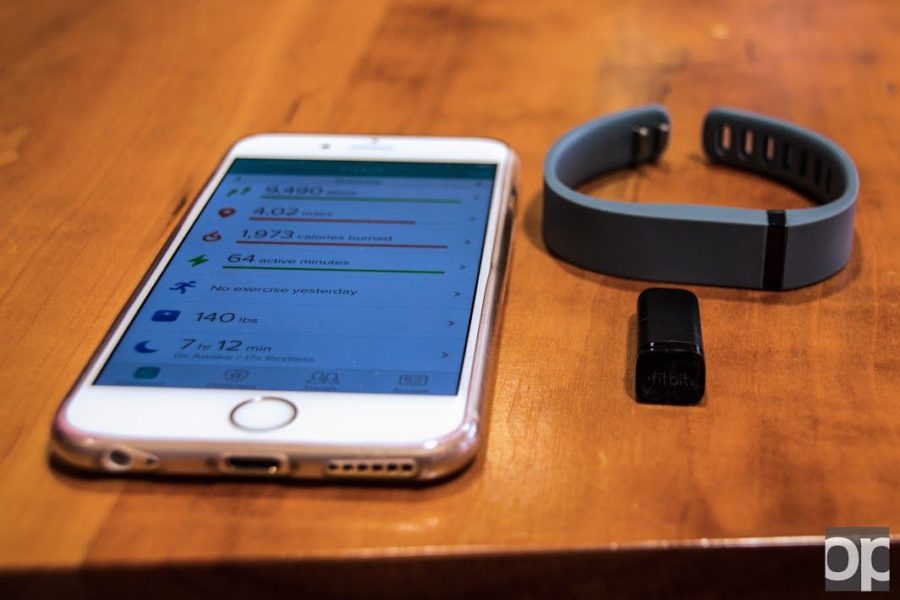Wearable tech: a good fit for you?
This year, “home for the holidays” became “healthy for the holidays” as consumers were bombarded with advertisements for Fitbit, Jawbone, the highly anticipated Apple watch and a myriad of other “wearables” — as they’re known on the market.
Now that the dust has settled after the gift-giving season, those who weren’t hurdled into the wearable tech trend via a gift from friends or family are left thinking: “Do I want one of these devices? Do I need one?”
For many, the draw of a shiny, new tech toy is enough to make that decision, but in addition to looking slick on the wrist, there are pros and cons of owning one of these devices, explains OU junior, electrical and computer engineering major and former Google Glass explorer, Ziyad Al Obaidi.
“Buying a fitness tracker will be a small investment to provide you with an array of sensors to monitor your body and keep track of your steps, but that’s all it will do,” Al Obaidi said.
More than just fitness
“Smart watches like Apple Watch, Moto 360 and others offer more than just fitness data,” he said. “It’s essentially another window to check out your phone notifications and do some smaller tasks like checking weather, your schedule and responding to texts – on the fly.”
If Al Obaidi had to make a wearable tech recommendation, he said he would suggest the Moto 360 – a smart watch – because it’s “elegant and it offers much more than what a fitness tracker offers at marginal extra cost. Most other trackers offer too little for the price.”
At the moment, the market is divided between smart watches and fitness trackers with, say, Apple Watch being on one end and Fitbit Flex being on the other.
Differing price points
While each device differs in function and features, price is sure to be a deciding factor for many.
TechRadar.com cites that the Apple Watch will retail at around $350 when it debuts in a sort of “to be announced” timeframe in 2015, while the Fitbit Flex runs consumers a cool $100 and is available nearly everywhere.
Al Obaidi recommends that consumers spend a little more to get a little more and purchase a smart watch, which he says will do much more for the money.
Using tech to get healthy
Tim Pontzer, OU senior and journalism major, has obtained great results from the use of a fitness tracker alone.
“I gained the freshman 15 and then some,” Pontzer said. “I knew I needed to do something so I bought a [Nike] FuelBand midway through my sophomore year.”
Pontzer said that purchasing the FuelBand made him more conscious of “just how much time a journalism student can spend sitting around.”
“It made me actually get up and move,” Pontzer said. “Instead of the elevator, I would take the stairs. I walked the dog instead of watching TV.”
Pontzer said that after working healthy activity into his lifestyle, he began to watch what he ate more carefully because of the positive results he was achieving with the help of his fitness tracker.
Like Al Obaidi, Pontzer believes that wearables can be beneficial to users, but it comes down to the adage of “you get out what you put in,” for wearing a fitness tracker alone won’t make an individual healthy overnight.
Like anything, it takes commitment to achieve results.
Since the purchase of his FuelBand two years ago, Pontzer has upgraded to a Samsung Gear Fit, which has many of the features of a smart watch, allowing Pontzer to track his steps and calories burned and send texts from his wrist.
If Al Obaidi and Pontzer’s preferences are any indication of the wearable tech trends at OU, it seems as if higher-functioning, smart watch-type devices are where consumers should focus their attention to ensure the most features for the fairest price.
“As a whole, wearables will stay,” said Al Obaidi, which is good news to those yet to be convinced by this latest tech phenomenon.



